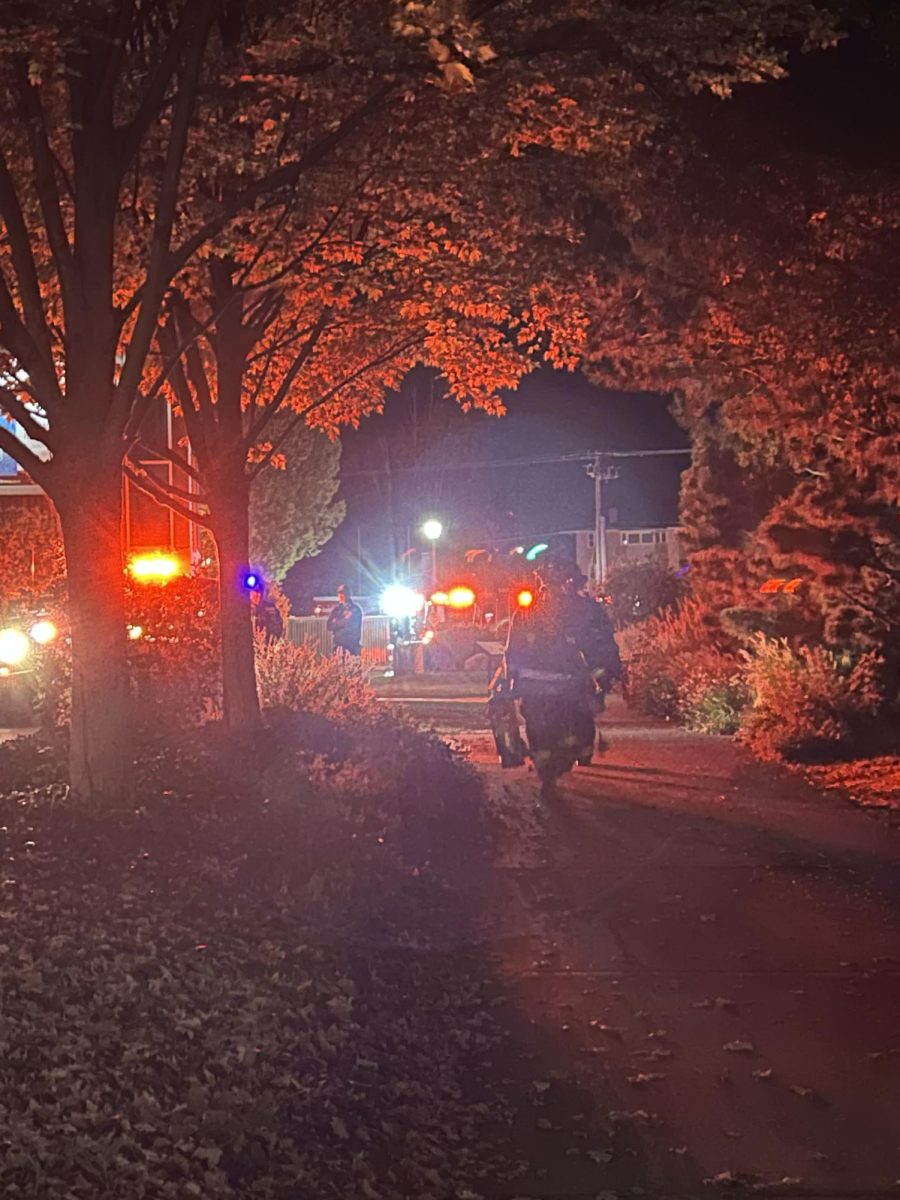This year’s admission process for the class of 2015 will be the first at Whitman College to employ a need-sensitive as opposed to a need-blind acceptance policy. For at least 10 percent of students that apply, the ability to pay Whitman’s tuition and fees: currently $49,890 per year: will be one of the factors used to determine their admittance. Not being able to pay could be cause for an applicant being denied acceptance.
President George Bridges said that this policy stems from a rise in need for financial aid.
“Whitman has always been sensitive to how much financial aid we can provide students. In effect we have never been fully need-blind,” he said. “We are becoming more sensitive to financial need as the levels of need are rising.”
The process of this switch began about a year ago. According to Dean of Admission and Financial Aid Tony Cabasco, the issue was discussed with senior administrators at the college, the admission staff and with the Governing Board Committee on Enrollment, which comprises faculty and student representation. The Board of Trustees officially approved and adopted the policy last February.
“It was a choice we needed to make based on the financial situation of the college and the needs of our current students,” said Bridges. “We felt it was the right choice.”
One aspect of this decision, which affects both students and budget, is the school’s discount rate. This is the percent of tuition dollars going towards financial aid for other students.
“We think of ourselves as a school that relies on high tuition and that offers high levels of aid,” said Bridges. “We discount tuition significantly, with nearly 80 percent of all students receiving some form of financial aid.”
This year, the discount rate is up to 40 percent, which is much higher than in years past and compared to peer colleges. With this money going to fund student’s tuition, less money is available to pay for other expenses at the college.
“We have to be good stewards of the college’s resources,” said Cabasco.
In reference to whether or not this could accomplish lowering tuition for students, Cabasco stated in an e-mail that, “Whitman needs to continue to invest in faculty and the academic programs, student services and academic support of the educational experience which benefits all students.”
Based on a study by Bridges of the Whitman budget from 1985 to 2005, the reasons for the higher cost of higher education has been cited as the cost of student services and technologies that schools have come to depend on.
The rise in tuition may also be due to the fluctuation of Whitman’s endowment during the past few years. Currently, it’s at about $350 million, which is higher than it was last year, but still not as high as in previous years.
“I’m hopeful that [the switch to need-sensitive admissions] will enable us to continue to advance the institution academically and ensure that we can offer students the kinds of experiences that we think they want and need,” Bridges said. “We don’t want to sacrifice the academic quality of Whitman or it’s commitment to school of a culture of innovation.”
Students seem to understand the need for this switch.
“I don’t like it, but it makes sense,” said senior John Loranger, ASWC vice president and student affairs chair. “[Whitman has] resisted the change for a long time, which speaks to the fact that they would not have done it unless it was 100 percent necessary for the budget.”
Junior Elizabeth Reetz, co-president of the Whitman First Generation and Working Class group, has a similar view.
“I can see why they did this,” she said. “Whitman needs to maintain itself. However, this is indicative of a greater social pattern of the poor not being as able to move forward.”
Cabasco said that the Office of Admission hopes to minimize any decreases in economic diversity at the school. This year is a trial run for the new method, so full knowledge of its effects won’t be known until next fall.
“The admission decision process will continue to be a highly personalized, holistic and careful process for the admission office and admission officers,” he said. “The new financial aid policy can make [the selection process] easier in some ways, but also more difficult in other ways.”
A positive side to admitting slightly fewer students having need-based financial aid is that it could lead to other students receiving better financial aid packages. In the need-blind model, students who were admitted but couldn’t pay could end up receiving a gapped package, or one that didn’t fully meet their demonstrated need. This could end up doing more harm than good in the form of large student loans or needing to transfer schools.
About half of last year’s graduating seniors had debt, averaging about $14,500. The national average debt at graduation is about $19,000 at public colleges and about $23,000 for private schools.
Though the Office of Admission can’t yet promise that 100 percent of all demonstrated need will be met, other need-sensitive institutions have been able to.
Of schools that remain need-blind, many are large institutions such as Harvard and Yale that have large endowments. Whitman is one of the last of its peer colleges to switch to the need-sensitive method.
“Idealistically, it would be great if we could be need-blind,” said Director of Admission Kevin Dyerly. “But we have to understand there are finite resources and we must be fiscally responsible. We can’t do everything we’d love to do. That said, we feel good about the quality of financial aid awards admitted students will receive, which may improve the overall experience for Whitman students and even reduce some of the financial stress.”






